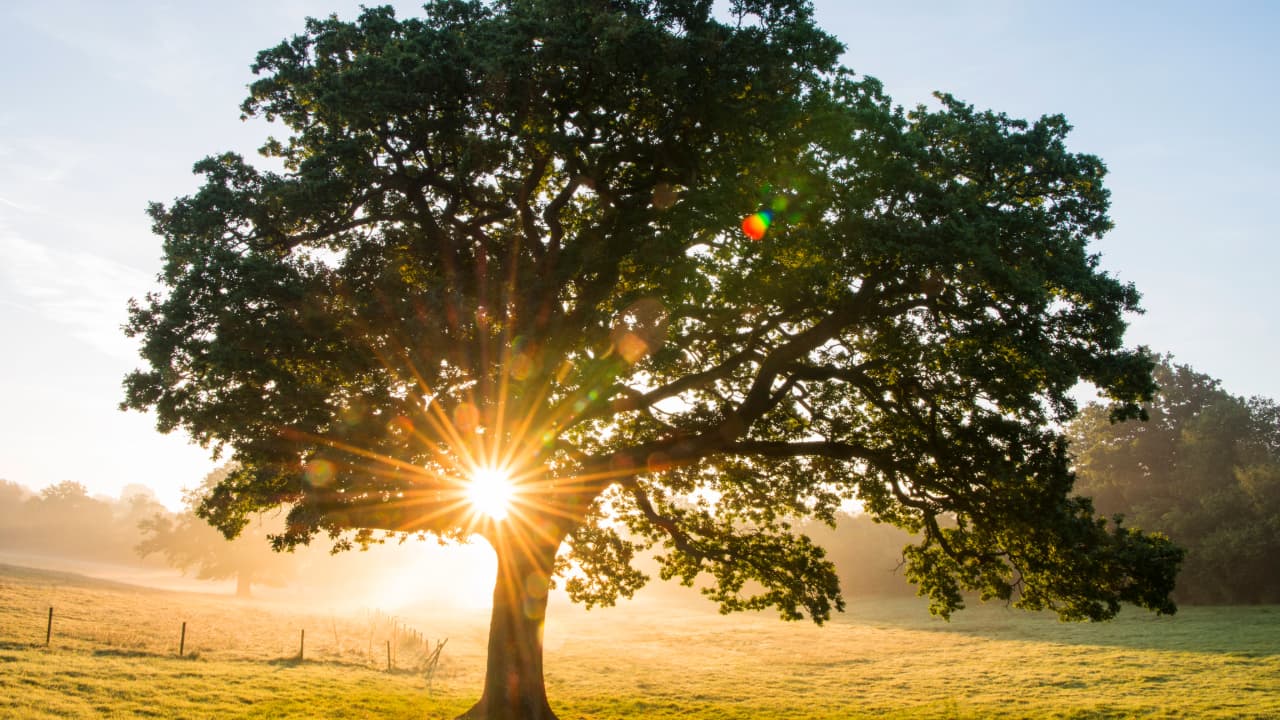Planting trees helps combat climate change, but new research reveals that planting in the tropics offers the best benefits. Tropical trees not only absorb CO₂, but also cool the air. Learn how strategic tree planting can maximize climate benefits.
Planting trees helps curb pollution and fight climate change. But did you know that where you plant them makes a huge difference? New research from the University of California, Riverside, shows that planting trees in the tropics helps cool the climate the most. While planting trees anywhere is helpful for the planet, tropical regions provide the strongest benefits. Trees absorb carbon dioxide from the air and store it in their trunks, branches, and roots. This process is called carbon sequestration that helps slow down climate change.
But that’s not it. Trees also impact the local climate in other ways. Depending on the region, they can either cool or slightly warm the air around them. According to lead researcher James Gomez, a graduate student at UC Riverside, trees planted in warm, wet tropical areas are the most effective at cooling the Earth.
He explains, ” Tropical trees not only pull carbon dioxide from the air, they also cool while releasing water vapor. It’s not that planting elsewhere doesn’t help – it does – but the tropics offer the strongest returns per tree.”
How Are Tropical Trees More Beneficial
Trees pull water from the ground through their roots. This water travels up to the leaves. Some amount of this water evaporates into the air through small openings. This process is similar to how sweating cools your body. It’s called evapotranspiration, and it cools both the tree and the surrounding air.
In tropical areas, there’s plenty of water year-round, so trees can keep “sweating” consistently, making them excellent natural air conditioners.
More Clouds, Less Heat
The water vapour in the air absorbs some of the sun’s heat before it even reaches the surface. Trees also shade the ground and make the air more humid. This added moisture can form clouds, which block sunlight and keep things cooler.
The study found that although the overall global effect is small, it’s much more noticeable in tropical areas. In some regions, like central Africa, tree planting could cool the local temperature by as much as 0.8°F.
When the researchers added in the CO₂ absorption effects (the trees’ carbon storage), the cooling impact grew to about 0.15°F globally, still a small number, but meaningful when applied to the whole planet.
Climate Models for Study
The researchers ran the data through 12 different climate models. This process helps ensure the results are accurate and can be trusted for global climate discussions. They modelled realistic scenarios for the study such as replanting forests in areas that were previously deforested.
Interestingly, the study found that in some cooler regions, like parts of Canada and the northeastern United States, planting new trees could actually have a warming effect. That’s because darker tree leaves absorb more sunlight than light-coloured surfaces like snow or grass, reducing the cooling benefit. In those areas, added trees could even slightly increase the risk of wildfires.
Plant Wisely
Gomez says that this doesn’t mean we should cut down trees in places like Canada or the US. Trees still provide many benefits: they support wildlife, clean the air, improve soil, and give shade. In tropical regions like savannahs, trees can help reduce fires.
“What we need is a Goldilocks zone of trees in each region. Just the right amount to have the strongest and most positive climate effects,” says Gomez.
Planting the right trees in the right places can help cool the Earth, store carbon, and even prevent fires.
